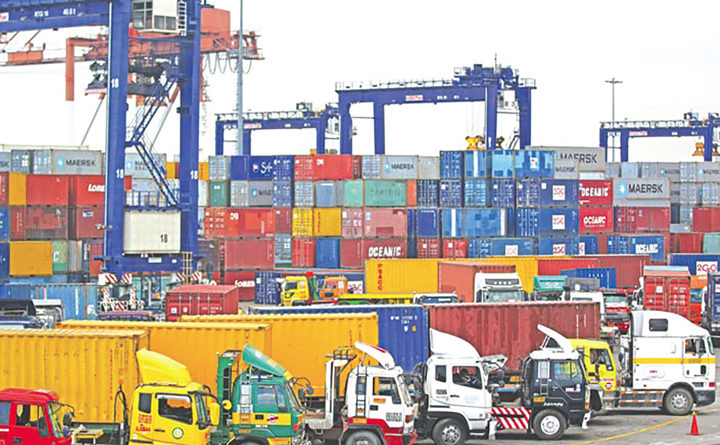Neda: Port congestion to dent 2019 trade data
By: Cai Ordinario
ADDRESSING the port congestion being experienced by truckers and manufacturers in the past few months will take time and could dampen the country’s trade performance this year, according to the National Economic and Development Authority (Neda) and economists.
Socioeconomic Planning Secretary Ernesto M. Pernia admitted to the BusinessMirror that the port congestion has played a part in the country’s lackluster trade performance in 2018.
Meat Importers and Traders Association (Mita) President Jesus C. Cham earlier told the BusinessMirror that the port congestion of the past few months was worse since it started in August 2018.
“Port congestion slows down movement of trade, so it’s partly to blame [for the slowdown in trade],” Pernia recently told the BusinessMirror.
University of Asia and the Pacific (UA&P) economist Victor A. Abola also described to the BusinessMirror that what is being experienced is “severe port congestion.”
Abola said that, because of the effects of port congestion, the Philippines can expect slower export earnings and import bill growth.
Congestion particularly at the Port of Manila has also been cited by German firm Hapag-Lloyd as the reason it has “ceased acceptance for all reefer cargo to Manila, for both North and South Harbor.”
The notice also cited “limited trucking capacity” as another reason for the stoppage of reefer imports to Manila. The notice was posted on its web site on January 23 and was said to be effective immediately. “Yes, [there was] severe port congestion. Plus street traffic. Container trucks can make [fewer] trips to port and back. Some cargo [are] waiting three weeks in port,” Abola said.
‘Vintage’ ports
University of the Philippines-Los Baños agronomist Teodoro C. Mendoza said that while the Philippines is no stranger to port congestion, the main problem that keeps causing it has never been resolved.
Mendoza said the country’s ports are already “vintage” and boast of “pre-World War II” facilities. This is in contrast to the upgrades that have been made in ports in neighboring countries, such as China.
He said the recent port-congestion issue in 2014 was attributed by the government to the truck ban implemented by the City of Manila. However, this was not the only cause.
“Naging vintage, pre-World War II tayo eh. Hindi nag-modernize, including our airports, etc. Okay, nag-modernize ka ng road mo, pinalawak mo, eh mag-clog doon kasi hindi mo sinama yung ports [Our ports have vintage, pre-World War II facilities. We did not modernize, including our airports. Okay, we modernized our roads, we widened them, but there was clogging because you did not include the ports],” Mendoza said.
In 2014, a study by state-owned think tank Philippine Institute of Development Studies (PIDS) estimated that the economy lost P43.85 billion due to port congestion.
The congestion, the government said, was caused by the seven-month truck ban imposed by the City of Manila in 2014.
The researchers estimated that BOC losses cornered the lion’s share of the amount. The customs agency’s revenue losses reached an estimated P25.55 billion.
This was followed by output losses which reached P18.20 billion and vehicle operating costs, P0.99 billion during the seven-month period.
The truck ban in the City of Manila also caused other problems such as the doubling of shipping costs for 20-footer and/or 40 footer containers.
Prior to the truck ban, the study noted that shipping costs for these types of containers amounted to P18,000, but after the truck ban, the cost reached P36,000.
Source: Business Mirror

